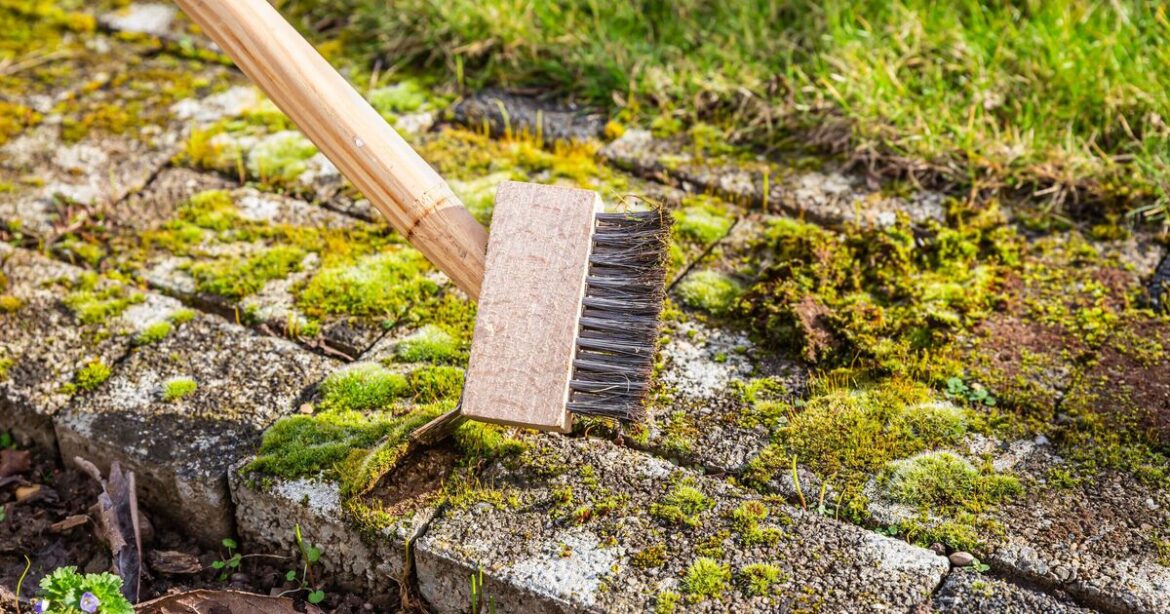September has arrived and already we’re seeing cooler and wetter conditions here in the UK. While this might be good news if you want to spend the evenings curled up on the couch, it’s not as good when it comes to your garden.
After a long and dry summer for many, autumn’s arrival can bring an unwelcome visitor to your garden. Moss and algae are more likely to appear when the weather is damp, and this slimy growth is a ‘serious red flag’ for homeowners, according to the experts at Premium Paints. It can create a major health hazard, so it’s important to deal with the problem as soon as you spot it.
“Algae and moss thrive on moisture, and they’re a sure sign your surface isn’t draining properly,” said Bill Jarvis, who is a driveway protection specialist at Premium Paints.
“As soon as the wet weather hits, that green growth turns into a real risk. Luckily, you don’t need expensive chemicals to fix it.”
In fact, all you need is a 35p household staple that you probably already have in your cupboard – white vinegar. This product is excellent for a wide variety of cleaning tasks, and it also comes in very handy in the garden too.
How to remove algae from your driveway
To blast any potentially dangerous algae or moss away from your drive, all you have to do is mix equal parts white vinegar and water in a spray bottle or watering can. For a normal-sized patio, you can get a bottle of white vinegar for 35p from Sainsbury’s.
Then, on a dry day, spray the mixture generously over your patio and driveway. Let it sit for at least 15-30 minutes to allow the natural acid to break down the grime and kill the algae spores.
Finally, use a stiff broom to scrub the surface, then rinse thoroughly with water.
Bill urged Brits to act quick whenever you spot any moss or algae on your driveway in order to avoid potentially spending ‘thousands of pounds’ fixing any long-term damage.
The first sign of an algae problem is often a slimy, green film or patches of moss, especially in shaded areas – so keep an eye out for this appearing during the damp weather of September.
It also thrives in any moisture-trapping areas, so if you notice algae or mould in between the cracks in your driveway, it could be a sign that water isn’t draining properly when it rains.


Comments are closed.